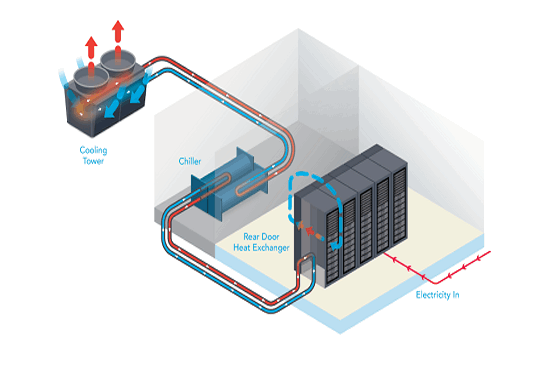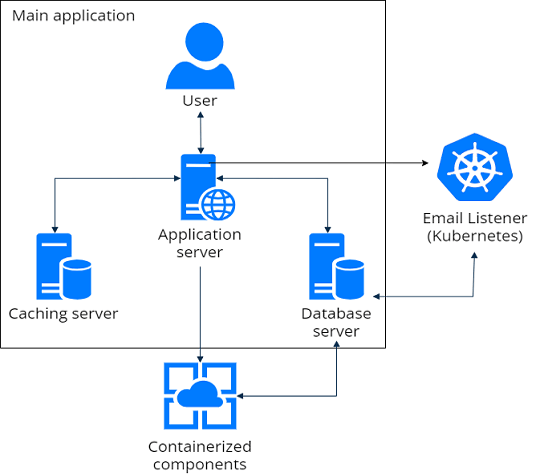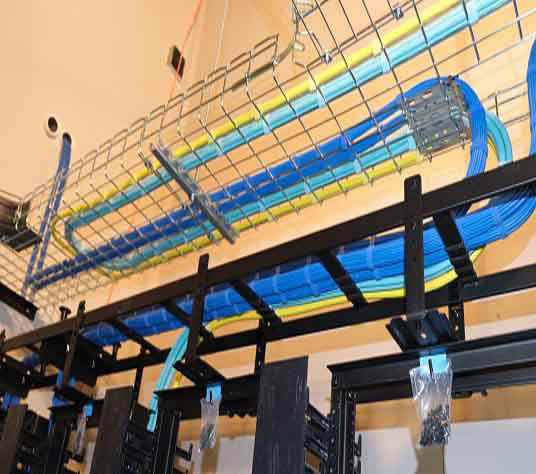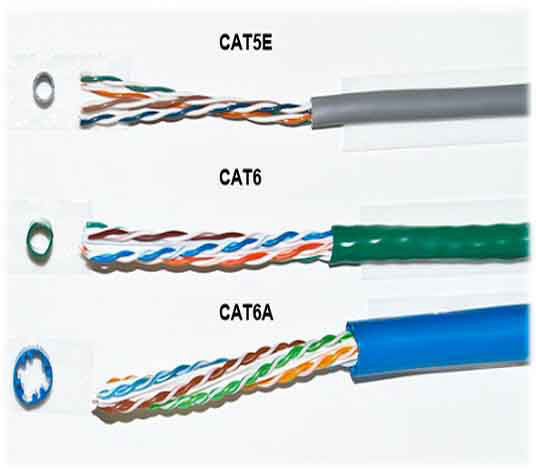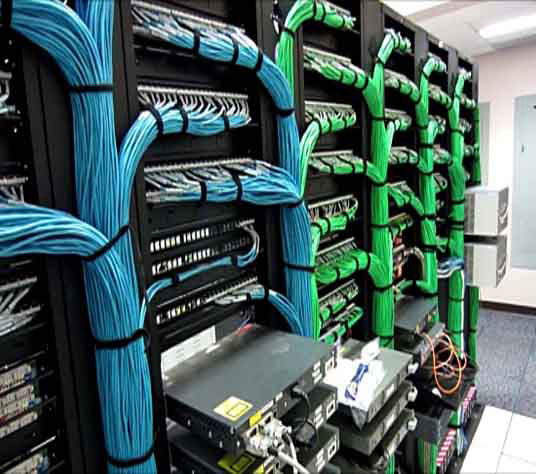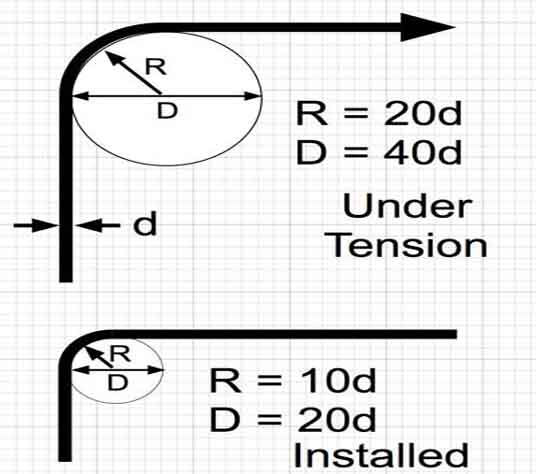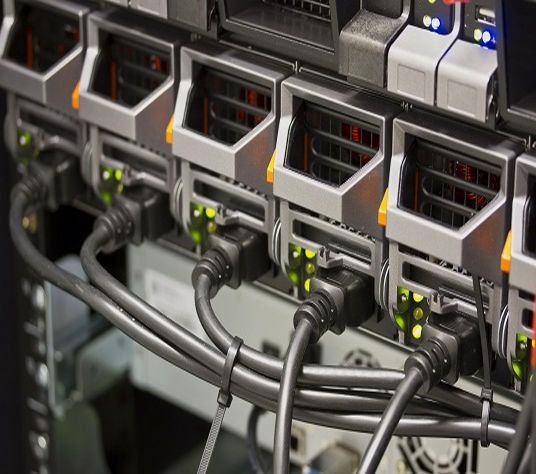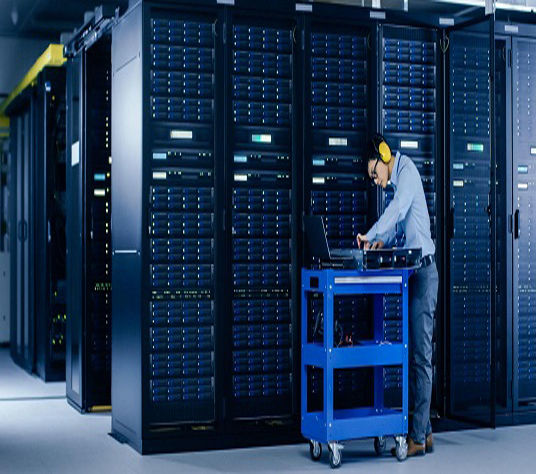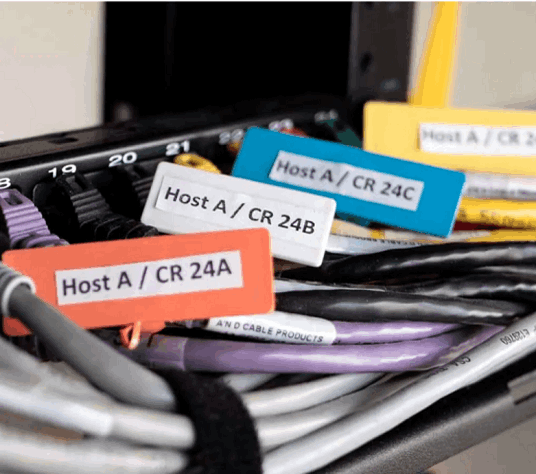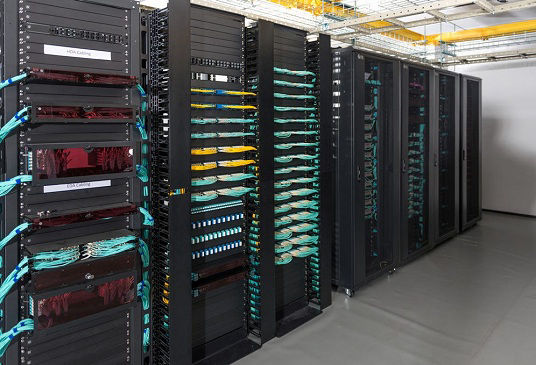
Equipment Rack:
- Space Efficiency: The design and configuration of equipment racks affect the space utilization within the data center. Efficient rack designs maximize the number of devices that can be housed in a given space while ensuring proper airflow and accessibility for maintenance.
- Cable Management: Well-designed racks provide cable management features such as cable trays, cable routing channels, and patch panels. Proper cable management improves airflow, reduces the risk of cable damage, and makes troubleshooting and maintenance easier.
- Cooling Efficiency: Rack designs that facilitate proper airflow management help in cooling the equipment effectively. They allow for hot aisle/cold aisle containment, isolation of hot and cold airflows, and efficient placement of ventilation systems and cooling equipment.
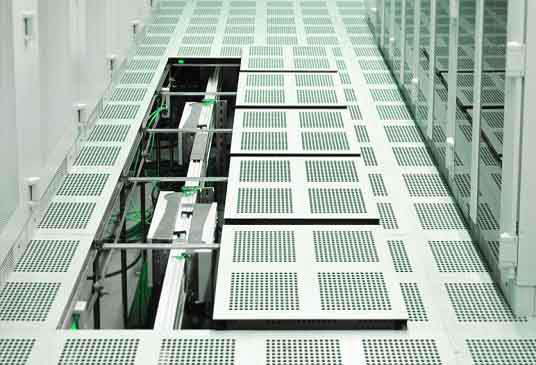
Raised Floor:
- Cable Management and Accessibility: A raised floor allows for easy routing and management of power and data cables. It provides ample space to run cables under the floor, keeping them organized and accessible for maintenance and future expansion.
- Airflow and Cooling: Raised floors enable the implementation of under-floor cooling systems. This design allows cold air to be distributed effectively to the equipment, optimizing cooling efficiency and preventing hotspots. It also allows for better management of airflow pathways and containment strategies.
